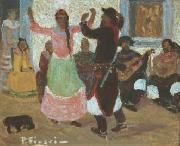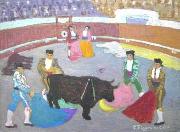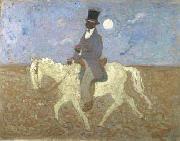|
||||||||||
|
|
||||||||||
|
Venecia Gemälde ID:: 94134 Siehe Galerie in Schweden |
Venecia 1931 oil on cardboard) - 35x50cm cjr 1931 oil_on_cardboard)_-_35x50cm cjr |
|||||||||
|
|
||||||||||
|
Bailecito Gemälde ID:: 94135 Siehe Galerie in Schweden |
Bailecito 1920 a 1933 cjr 1920_a_1933 cjr |
|||||||||
|
|
||||||||||
|
La Muerte Gemälde ID:: 94136 Siehe Galerie in Schweden |
La Muerte oil on cardboard) - 60x80cm cjr oil_on_cardboard)_-_60x80cm_ cjr |
|||||||||
|
|
||||||||||
|
Flores Silvestres Gemälde ID:: 94137 Siehe Galerie in Schweden |
Flores Silvestres (oil on cardboard) - 53.5x68.5cm cjr (oil_on_cardboard)_-_53.5x68.5cm cjr |
|||||||||
|
|
||||||||||
|
Mira_Genoveva Gemälde ID:: 94138 Siehe Galerie in Schweden |
Mira_Genoveva 1919 a 1938 oil on cardboard 30x33.5cm 1919_a_1938 oil_on_cardboard 30x33.5cm |
|||||||||
|
|
||||||||||
| Vorheriger Künstler Nächster Künstler | ||||||||||
|
|
||||||||||
| Pedro Figari | ||||||||||
| (June 29, 1861-July 24, 1938) was a Uruguayan painter, lawyer, writer, and politician. Although he did not begin the practice until his later years, he is best known as an early modernist painter who emphasized capturing the every-day aspects of life in his work. In most of his pieces, he attempts to capture the essence of his home by painting local customs that he had observed in his childhood. Figari painted primarily from memory, a technique that gives his work a far more personal feeling. With his unique style, which involved painting without the intention to create an illusion, he, along with other prominent Latin-American artists such as Diego Rivera and Tarsila do Amaral, sparked a revolution of identity in the art world of Latin America. | ||||||||||
|
|
||||||||||
IntoFineArt Co,.Ltd.














